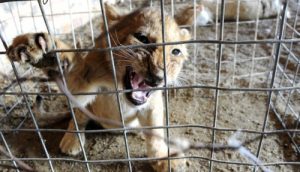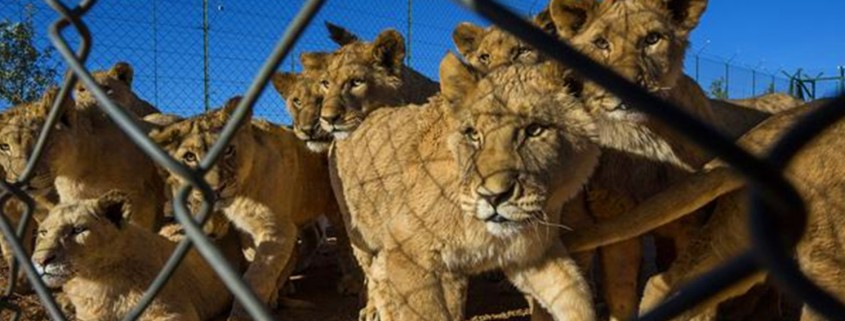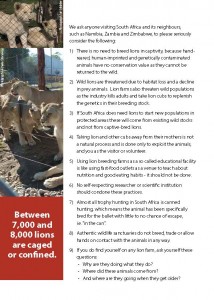
King and Queen.
Sacred Safari – May 2016
We made a conscious choice to work in the world differently, to take courageous leaps of faith and enter into the unknown and then find valid support for our efforts: this is why we chose to offer our first deep nature immersion journey. To share another perspective on entering the natural world, on what our impact as humans has on the silent and magical animal and nature realms.
Our first group was small but we had decided from the outset that regardless of the number of participants it was important to lay the foundation for this work, for these Sacred Safaris.
On our first day we gathered our fellow journeymen in Johannesburg, giving our guests time to recover from their long flights.
Those that were up for it took an afternoon at the Origin Centre at the University of the Witwatersrand which has fascinating exhibitions covering the depth of Africa’s history and Bushman heritage and it’s devastation due to European settlement. There are beautiful artworks, intriguing artefacts and archaeological finds.

We set out on our journey beginning at the sacred site of Adam’s Calendar near the tiny town of Kaapsche Hoop in Mpumalanga Province. Older than time itself, this rocky wilderness is protected by herds of wild horses.

We have a history of visiting this site and it’s not always been as clear energetically as it was when we entered on the dusk of our first day. Beautiful large dolmens and other huge rocks stand like keepers, emitting their own heartbeat, a pulse emitted from the central heart. To enter into this landscape is surreal, the strange rock formations coupled with surrounding pine forests and organic moonscape of rocks.
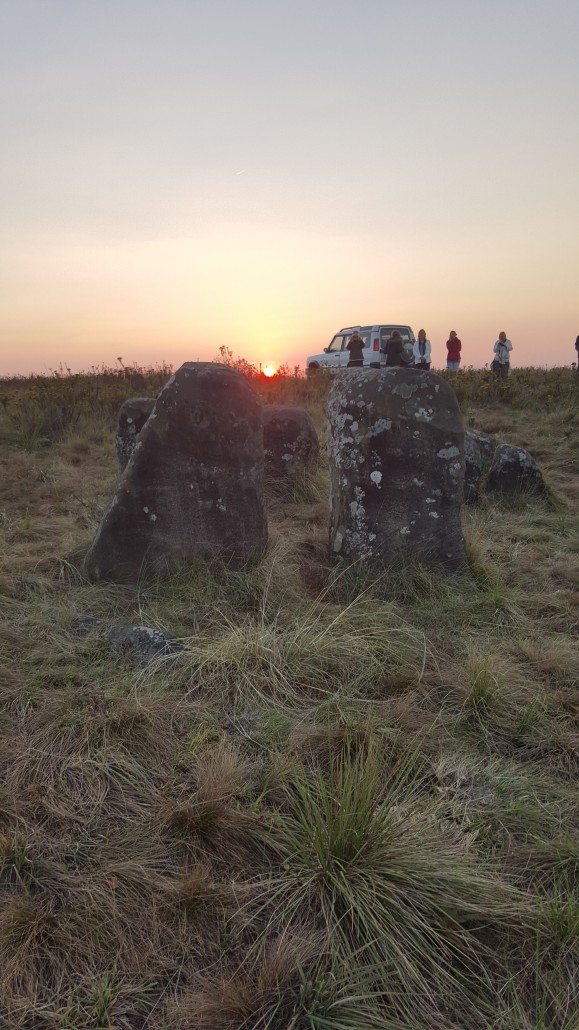

Adam’s Calendar is dated anywhere from 35,000 to 72,000 years old and is reminiscent of something like Glastonbury, without the extensive tourism and policing. The rock formations line up with constellations, celestial and seasonal events. Some time back, a group had started illegal excavation on the site and the scars are still visible. Metal stakes were put deep into the soil between dolmens and around to measure the stars, the moon and the sun’s alignment and the energetics of what lay beneath. It’s common knowledge that when flying over the site in a small aircraft the instrumentation can either drop out or go haywire.

Our entry into this natural kingdom was guided by a local woman, Mary Ross, who knows the area extremely well and showed us other energetic power points and portals. We had very powerful meditations and openings, which set the magical, mystical tone for our journey.
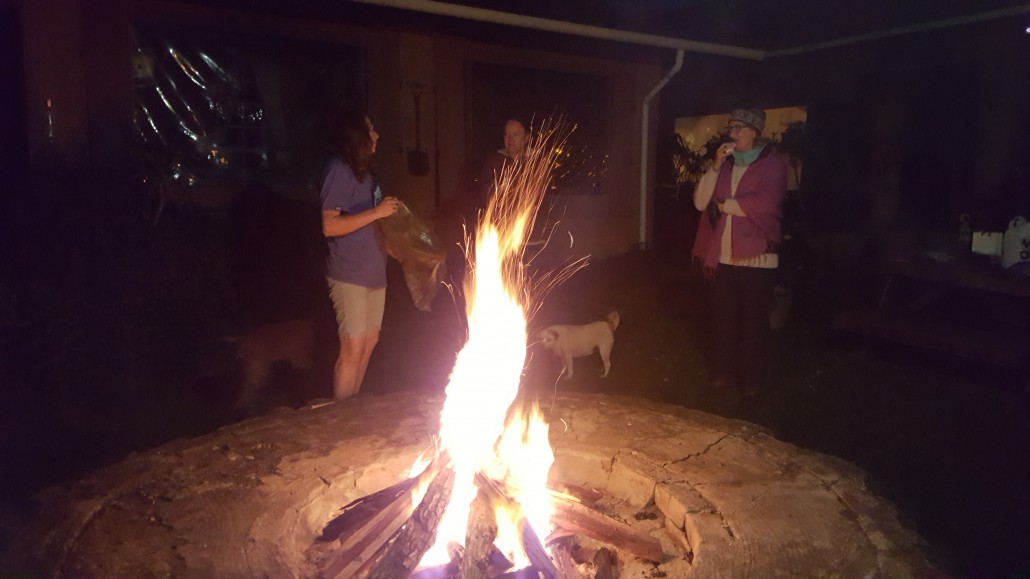
None of the wild horses came close that day but the funky little village had quite an array of animals – all very happy to come and say hi and spend time with us.
Boondocks was the next stop with a very beautiful welcoming at the gate by the owner. It’s like entering the underworld. A stunning landscape of wild African bush and mountains with the accommodation right in the centre of surrounding mountains, not far from the Mozambique border.

A shower with a view!
The outlook is breathtaking and the outdoor shower has the most magnificent view over a vast valley alive with leopard, baboons and buffalo – an absolute must! The incredible offering by Anne and Stewart, who have lovingly developed this retreat centre, in what they hold on this land is exquisite. The highlight is the labyrinth they built which is an exact version of the one at Chartres.

Such an incredible honour to be able to walk this labyrinth.
To walk this labyrinth on the land, in the middle of a forest and stream creates such a fine frequency, a direct portal to the inner and outer worlds, held by tree guardians. Both mystical, mythical and magical. One must experience it to be able to truly understand what is offered to the world. We had a difficult time saying goodbye, knowing we had deepened and opened ourselves to the animal kingdom, having full permission to enter. Stewart’s wonderful stories and heightened intuitive perspectives were valued insights, his stories around the night fire had us all captivated and we found our hearts yearning for more. What they’ve created is remarkable, mostly a sharing of love and a great gift to the world. A universal architect who’s left a stunning and beautiful legacy.

All the crew with Stewart on the left and Anne on the right.
Entry into the Kruger National Park welcomed us with amazing animal sightings on the bridge before we even entered the Malelane Gate. A multitude of animals greeted us just before we entered the park – crocodiles, hippo, multiple birds – an absolute celebration of life!

A rare baby grounded hornbill.

This adult grounded horn bill was with two others and two babies.
Our drive in was purposeful as we wanted to get to our accommodation, the Rhino Post Lodge, in time for the evening game drive – we were all bursting with excitement. Seeing a group of rare Ground Hornbills was such a treat, they were curious and friendly, the young ones coming very close to our vehicles.

Our first night out we were blessed to see many rhino but being a full moon knew that protection for these animals is always paramount. We pray for their protection and that the senseless and cruel killing stops.

The drought in Kruger brings many animals to man-made waterholes and watching hippos trying to stuff themselves in to tiny water sources is heartbreaking, they are certainly suffering the most. We had seen a leopard kill, visible up a tree so our driver was committed to getting a sighting. We had a quick glimpse but scared the leopard with our driver not quite as sensitive and aligned with our intention.

This guy really loved the toning.
The next morning we where all wide eyed and bushy tailed and headed out layered in warm clothing to meet the cold African winter dawn. Our guide was once again committed to seeing the shy leopard of the night before and got a little frustrated when we asked him to stop the vehicle and allow us time to connect in and calm our intentions. When you head out with a mission to see “something”, or to tick off a list of animals you want to see, you carry with you the energy of the “hunt”. Animals sense this and are long gone before you have a chance of a sighting – they pick up on another “predator” in the field.

A newborn close to camp.
With our intentions softened, our gratitude activated and hearts open we started again. And what did we see? A rare Black Sable. At first it was indisdinguishable, looking like a man bent over in deep thought but then we saw the enormous black horns. Pan? He had been lying down and when he arose he took our breath away: in the distance he looked like a Centaur, our Pan, a Black Sable! We all knew the significance, and the rarity of such a sighting and were so excited and blessed to see such a magnificent creature.
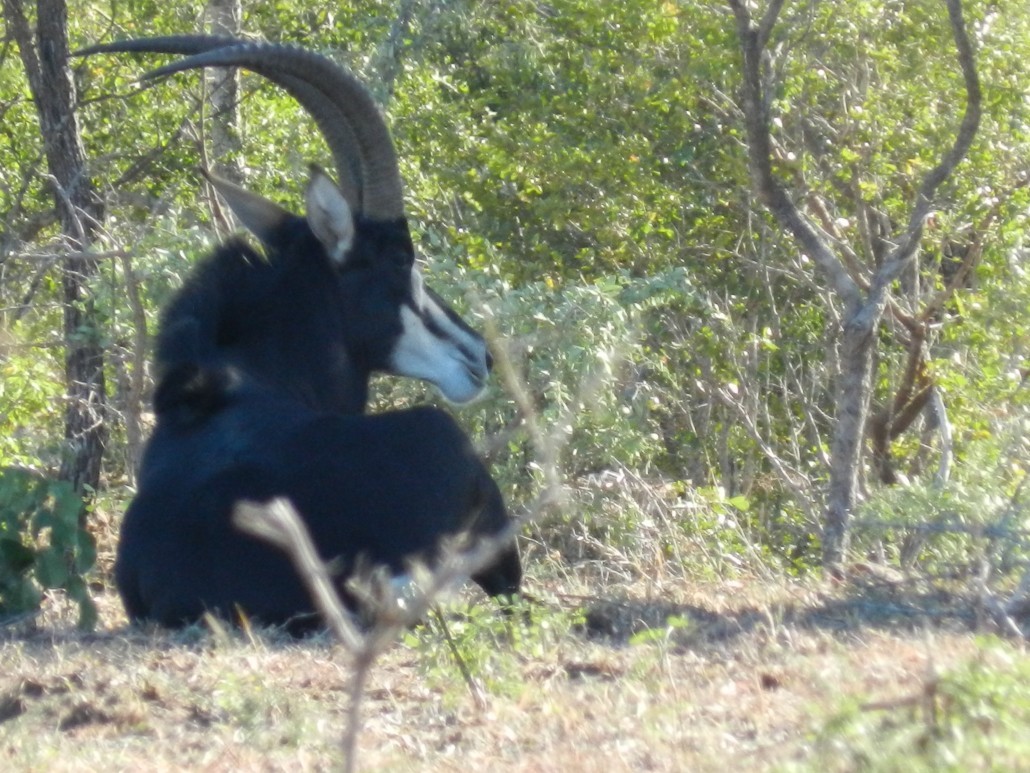
Such a rare sighting of this magnificent black sable.


Hippos having a terrible time during the drought in Kruger.

Trying to squeeze into whatever water they can find.

A hippo in a dam with water levels very low, terrapins sunning themselves on it’s back.


And then nature blessed us with it all. A herd of elephants of all ages from babies to matriarchs walked by, surrounded us, on their way to the dam. Hippos, rhino, giraffe, and the list goes on to the place where we stop to watch hippos, looking skinny in diminishing levels of water, terrapins using them to sun themselves. And we look to our left – leopard. Sitting atop a termite mound. Calm, relaxed, stretched out – shimmering. The jewel of the animal kingdom. Such exquisite beauty. Stella shared that they are the Kings of medicine. Ancient, wise, shape-shifters. Their fluid bodies move in sensual caress of the earth, collecting knowledge.



We had it all, our drives included two golden lions mating just a few metres from our vehicle, with several males on the periphery about to compete with the dominant male. The tiniest owls, the enormous eagles – Crowned and Battler, mighty seers of the wilderness.

The king and queen, the mating pair.

On guard as other males close in on his territory.

This lion moving in to challenge the mating couple.
On a night drive we came across a young hyena looking over the edge of a bridge and on our arrival she walked off. We were out of our vehicle on the bridge, on our guides invitation, all lights turned off looking down on hundreds of fireflies dancing on the river bank when our driver put on his torch and was surprised to see the hyena back on the bridge, strolling closer and closer to check us out. What an extraordinary meeting! No fear from either the three of us left standing or the hyena (did I mention half the group had returned to the vehicle…) just a curious exchange. We heard hyena calls all night – beautiful sounds, the soprano of the bush veld and early before dawn, there was a group very close to camp.
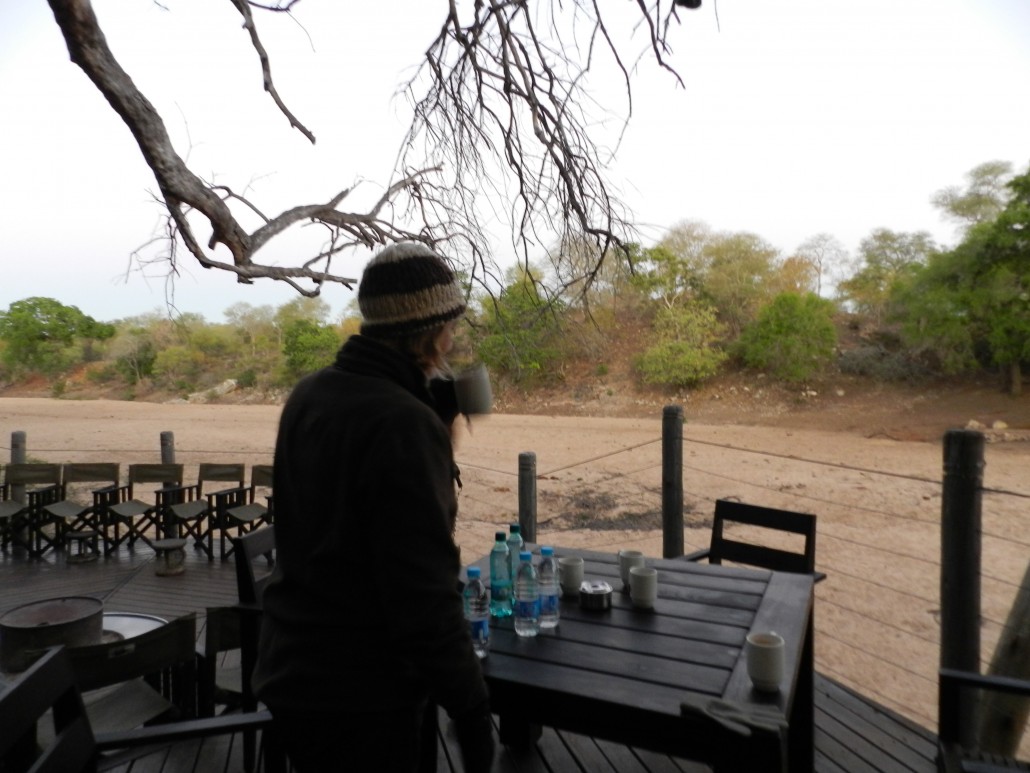
Stella and I had awoken early and were first to get to the viewing platform to see a very similar hyena (in age and size) in the middle of the river bed, standing observing us before slowly wandering off on the loose sand.
A few days in Kruger was such a blessing, a numinous experience. Entering the animal kingdom with deep respect and reverence, being open hearted, calm and in love with nature really does invite the magical and profound. We left seeing more lions – the King and Queen in loving embrace. A herd of dozens of buffalo sitting in circle on a sandy river bank with elephants surrounding them, trumpeting and dusting themselves, all having to co-exist with the critical amounts of water available.
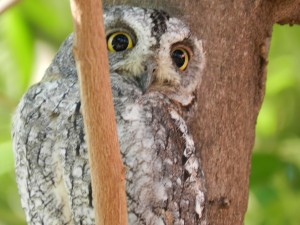

We were astonished to see yet another huge herd of elephants in another waterhole having the absolute time of their lives splashing and playing, trumpeting and snorting, bathing, rubbing, looking out for the babies, the youngsters slapping the water with their trunks in complete celebration. The joy in their expression was something stunning to witness knowing that we too felt that celebration in what was shared with us in Kruger.


The interactions with nature have left us all dramatically changed. You cannot take those experiences as anything other than a blessing. Deeply grateful for nature’s generosity and compassion we continued to attempt to express our deep love for the creatures and each other as our time together strengthened and deepened.

A herd of buffalo had formed a circle, laying on the sand and elephants walking past to access the water.

An incredible sighting.
Blyde River Canyon, the third largest canyon in the world, was our next destination to rest for a day, take it easy and have a nurturing and soft time to ourselves. To catch our breaths and have a gentle weaving back into life outside of the magical field of Kruger.
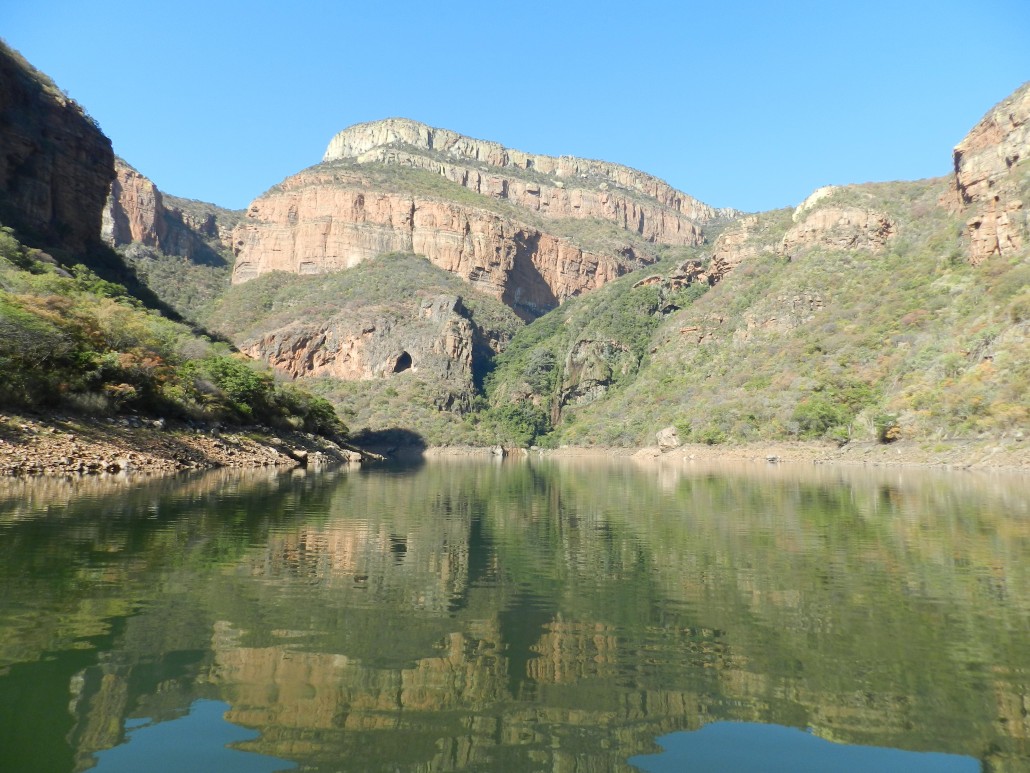

Bush buck on the water’s edge.

Kudu.

Baby croc only 12 inches long. Apparently he’s going to be moved away.
We spent a morning on the water of the huge dam with the boat completely to ourselves. We stayed quiet and witnessed creatures along the shoreline go about their daily business – bushbuck, kudu, crocodile, hippo, baboons. The true beauty of the canyon seen from the centre, looking up at the amazing rock faces, waterfalls and scenery.
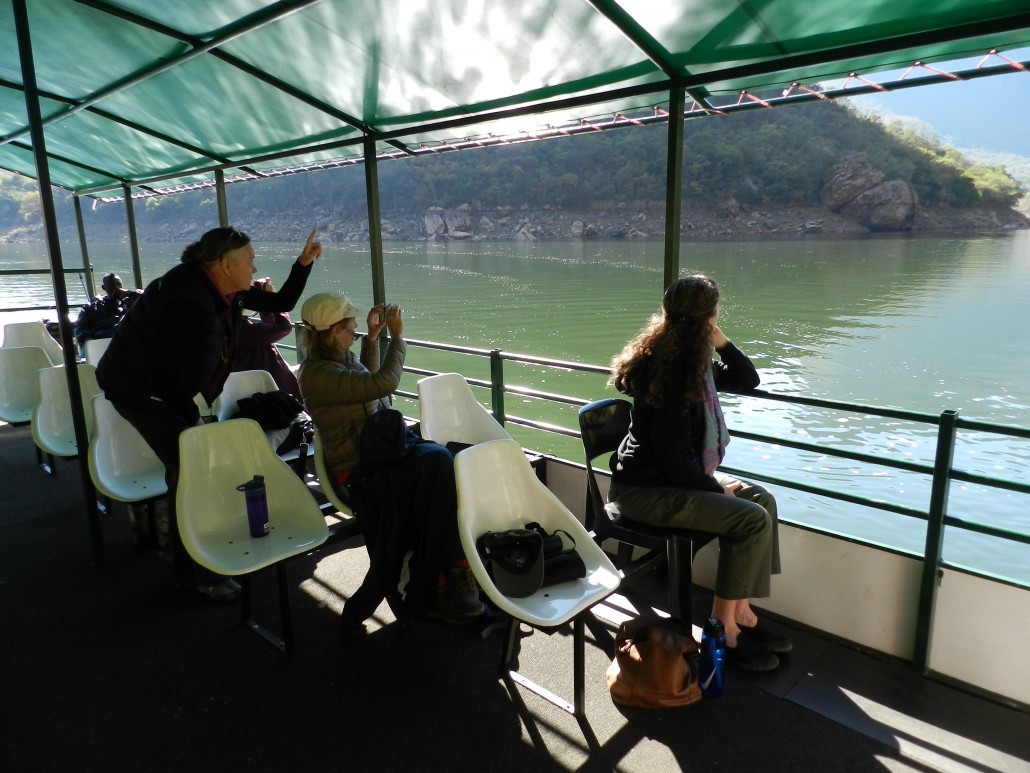
On our way back to the lodge we stopped at the waterfall for a quick (freezing cold) dip for the brave at heart. This location, part of a UNESCO protected biosphere is where “I’m a Celebrity, Australia” was filmed. To see how they’ve damaged the area, built huts, paths and bridges, dumped piles of river sand sand from another biosphere at the waterfall, a site many consider to be a sacred feminine place shows their absolute lack of regards or sensitivity to the protected area. Locals and tourists who come from all over the world to see this spectacular canyon are locked out for 4-5 months whilst they prep and film. You get a sense of how insensitive big business can be and how money speaks – isn’t it astonishing that this kind of thing can go on in a UNESCO designated biosphere? I’m sure they justify their use by donating money to local charities and foundations with little understanding of what their impact actually is. When wealthy networks can buy off poorly managed parks boards and buy their way in, promising to leave the site in it’s original condition and doing nothing of the sort when they’ve finished filming has no integrity.

Icy cold!
The next day we ventured to the tops of the Drakensburg Mountain Range visiting a view site overlooking the Three Rondavals, part of the magnificent massive rock formations. We looked down on the very water way we’d been on the day before where the Blyde River snakes through the canyon. Such a dramatic shift of perspective to be way up high! Ruth knew of the ancient altar on the site, hidden from most tourists, an initiation site to some highly regarded African mystics. We spent time there meditating and realised that the top of the altar, eroded from years of wind and weather, looked so much like the landscape, mirroring the mountains, gorges and rivers. We ventured into a township for some shopping time for our guests and bought huge bags of avocado, passionfruit and mandarins for R100 (about $10 Aussie).

Windy and cold on the edge!
Our final and finishing piece was the White Lion Protection Trust. Seeing the Royals was something else. These are two arresting white lionesses – Nebu and Zihra, who looked stunning in the morning light, sitting like sphinxes in the rising sun. Linda Tucker (CEO and founder) shared the genesis and reasons for the twenty year old project, not just the physical but the purpose of their work in many realms – the metaphysical and ecological. We were very grateful to her for joining our drives and sharing her wisdom, taking in the starry night sky and the drives around the dry, thorny bushland of Timbavati, which translates as “the place where the star lions came down”.

The gorgeous George who’s working at GWLT after being an anti-poaching ranger.
We also witnessed the two tawny lionesses on another piece of White Lion Trust land who were in hunting mode. They are Cleopatra and Tswalu and worked in tandem, hunting kudu. This was an incredible event to watch – seeing them work in stealth, one going around whilst one held her ground and then struck from the opposite side. We didn’t stay to see the end as we didn’t want to disturb their hunt – it’s hard work, but we passed the kudu as we drove along the road, feeling their heightened awareness, their wide eyed alertness, the adrenalin at being targeted and hunted by an apex predator. The balance and power of natural world.

A view of the rustic accommodation at White Lion Trust. Lovely to sleep in round rooms.
We were truly blessed to have such wonderful participants who wanted the depth of experience and heightened sensitivity to nature and her creatures. Who willingly and courageously followed our guidance, who trusted us implicitly. To work with Stella Horgan and Ruth Underwood has been a dream, such remarkable women who hold such refined sensitivity but have enormous and courageous hearts, authentic and solid. To journey with them and trust the unfolding of that which we’ve laid out, to have the level of joy, brilliance, heightened intuition and guidance of nature and the exquisite gifts afforded us. We are all very excited to share this work with the world and are already making plans for next year!
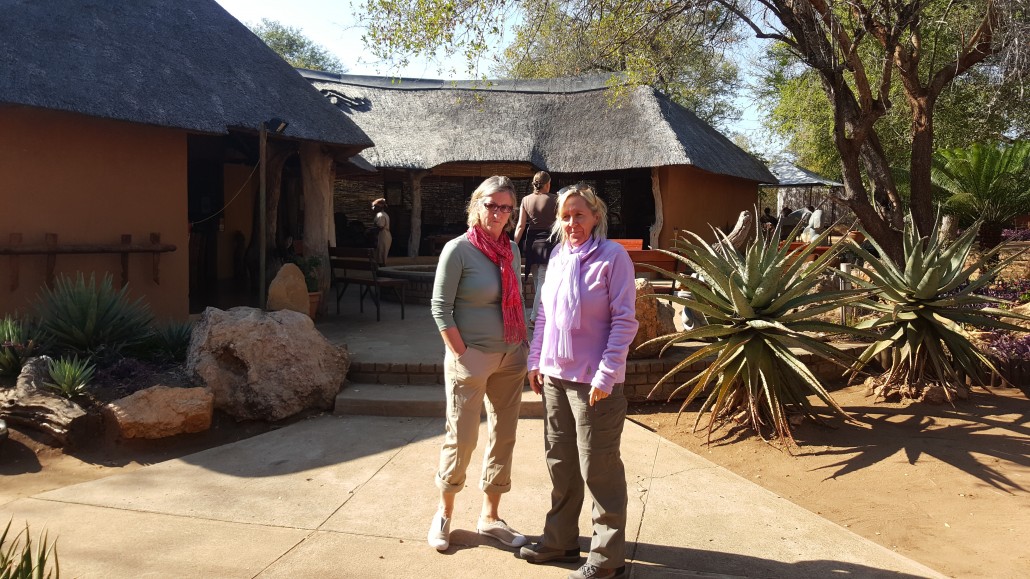
Thank you to the courageous pioneers who walked with us, the dear and loved friends who held us whilst unable to physically join us, to the spirit, elemental and animals worlds who loved us deeply and held us safe.
To offer this work is a dream come true and allows us to continue campaigning for the rights for our non-human friends. To co-exist on this living earth in respect and harmony, to create heaven on earth for all.


